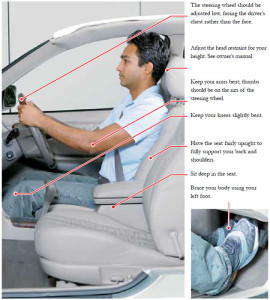NSW Log Book 8. Simple Traffic
Learning Goal.
Safely and legally drive in low to medium density, simple traffic situations.
Learning Content.
Stop, Give Way signs and T intersection rules.
Intersection observation and including mirror checks and intersecting trafiic.
Correct road position for approach and exit turns at intersections .
Signalling for a turn.
Single lane roundabouts.
Simple traffic lights {No turn arrows}.
Other road rules {lane markings, edge lines,advisory signs etc}
Maintain a three second following distance behind other vehicles.
Facts and tips
Review the Road Users Handbook about sharing the road with pedestrians, motorcycles and heavy vehicles.
Begin now with simple, quiet intersections { single lane, light traffic} and gradually progress to busier more complex ones.
Choose roads with few pedestrians about.
Begin to include single lane roundabouts in your driving.
Supervising drivers may still need to assist with gap selection when joining or crossing traffic.
Pull over to the side of the road and discuss various situations and rules before they are encountered.
If practical, you must indicate left when leaving a roundabout.


